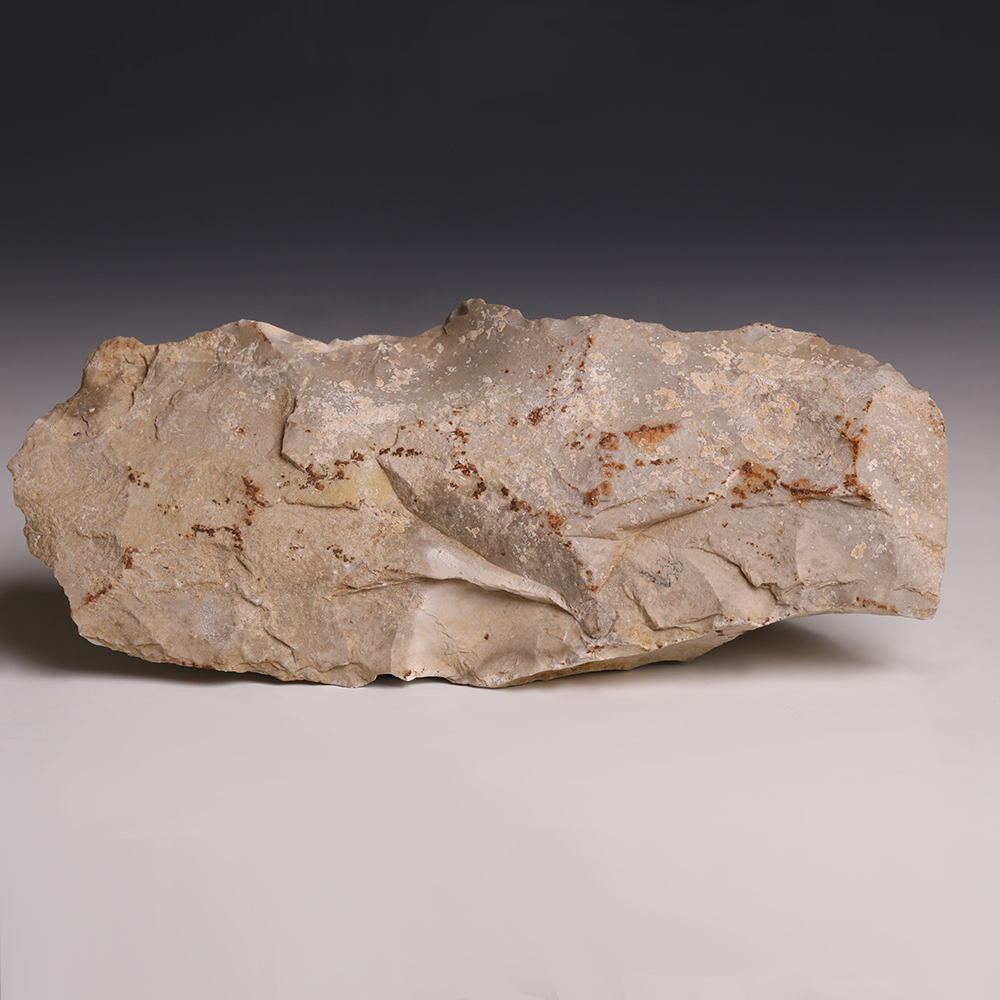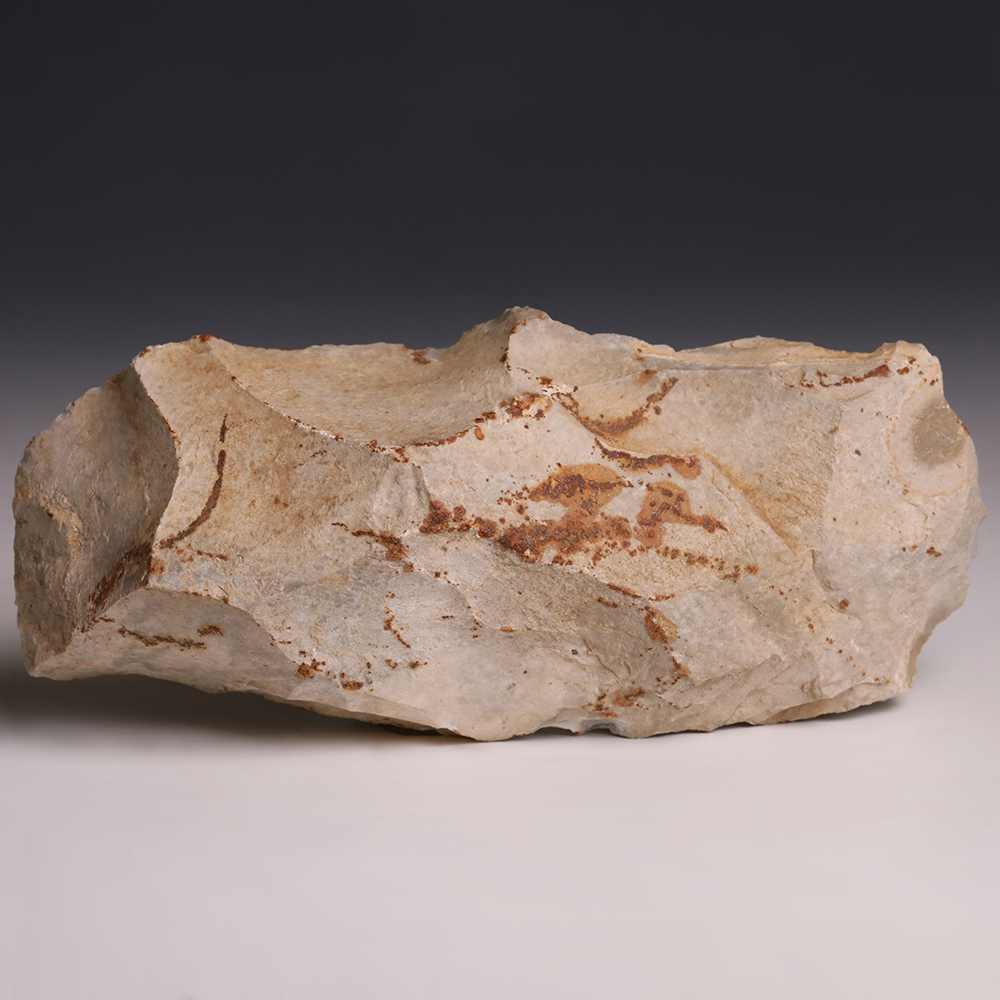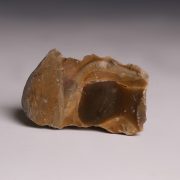A major milestone in human evolution and spanning over the past 2.6 million years, stone tools cover the vast majority of the history of the technological developments achieved by the genus Homo. They present the earliest form of material culture, offering important evidence about the life of our ancestors. Stone tools are normally classified into industries, with the dominant lithic technologies transitioning from Mode 1 to 5 in an approximate chronological order. The Acheulean industry (Mode 2), named after the site of St. Acheul on the Somme River in France, constituted a significant revolution in stone age technology, testifying the result of a planned manufacturing process, rather than a fortuitous operation as in the case of the earlier Oldowan tools (Mode 1). Acheulean tools are the product of Homo erectus and were intended for a multipurpose use, from butchering animals to cutting wood and digging in soil. They have one of the largest area of distribution among stone tools, with the earliest examples being from Africa and dated 1.76 million years old. It was not until much later that this industry appeared in Europe – with the earliest examples dated to 800.000 years ago -, as the result of H. erectus’ migration out of Africa.
Acheulean Stone Handaxe
$124.57
A stone handaxe presenting the characteristic and distinctive features of the Acheulean industry. Large in size, the original stone was skilfully modelled into a bifacial, teardrop-shaped handaxe. Such shape was achieved using a hammerstone to strike flakes, progressively smaller in size, from around the edges. The tool shows calcareous patination on its surface. This particular handaxe comes from a collection of stone tools found in Normandy, France.
Period: Lower Paleolithic
Condition: Good condition. Slight pencil markings of the number 89 on the side.
SOLD
| Weight | 965.9 g |
|---|---|
| Dimensions | L 19.6 x W 8.7 x H 5.1 cm |
| Region | |
| Stone |


